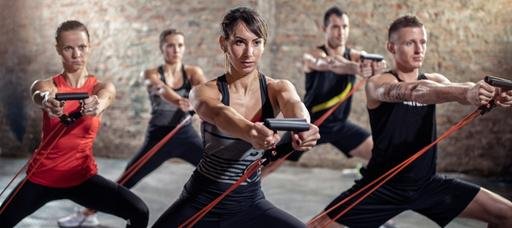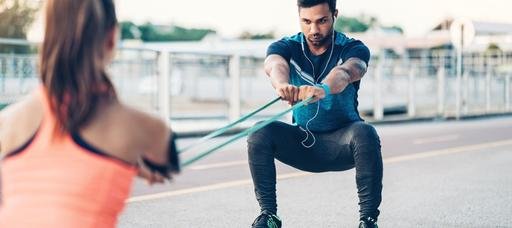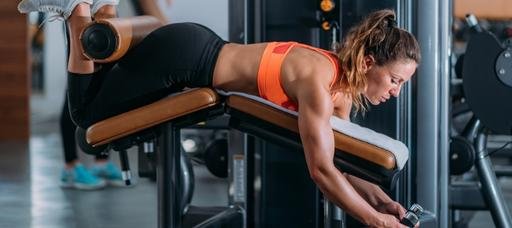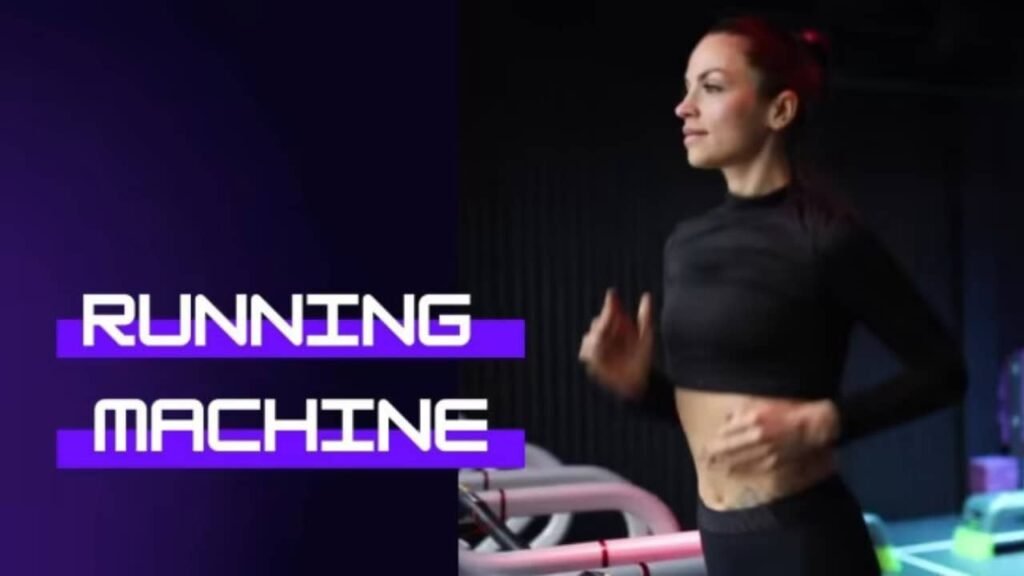Hamstring curls with bands are the biceps curls of the lower body. Some people also call it leg curls with the resistance band. Whatever name you give it, it doesn’t matter, this exercise is good for isolating the back of the legs and providing more flexibility in the hamstrings.
Leg curls with bands do not replace heavy lower-body exercises like squats, especially deadlifts. But using specific exercises to isolate your important leg parts can significantly help you in your compound movements or exercises.
You should look for specific equipment in the gym to work your hams directly. At first, you may face complications adjusting to this exercise and the machine at the gym, but eventually, you will fall in love with it.
Trust me; when you start using resistance bands for your hamstring curls training, you will be amazed by the results. It will become hard for you to stop and not work on those muscles. This indeed is an excellent alternative to the standard gym machine hamstring curls.
So now you can say goodbye to the long waiting queues for the machines and welcome your new friend. So are you wondering what you need? Just a small resistance band to get the best results.
Don’t forget this little tip before you start: Finding a collection of bands with different resistance levels would be a great option. This can help you adjust the resistance in a better way. You can also evenly balance the combination of isolation and exercise.
Benefits of Hamstring Curls That You Should Know

If you are new to the hamstring curls world, don’t worry; you are in the right section of the article. So, here we will convince you to start working on your hams. I hope now you’ll take your hamstring schedules more seriously.
During the hamstring curl, your back thigh muscles work to lift your lower leg. These movements include the hamstrings and glutes, making them stronger.
If you have strong muscles, you are less prone to injury and pain. This is because strong hamstrings can withstand the impact of exercise and help you stabilize your knees. Hamstring curls with bands also help stretch your quadriceps, which can help ease quad stiffness and back pain.
Important Things to Keep in Mind
It is essential to keep your back neutral during hamstring curls. If you bend your lower back, your hamstrings will not work correctly. Your back will do the whole job instead, which can cause back pain and discomfort.
To avoid bending your back, open your abs during exercise. Contracting your abs at the same time will help stabilize your spine. Your knees should be the only object between the hamstring curls.
It is also better to keep your movement in control and slow. Sudden movement can lead to injury, so your movement needs to be controlled.
Stop doing hamstring curls instantly if you feel pain in your knees, hips, or back. A personal trainer can recommend other exercises to work safely on your legs.
How Can You do Resistance Band Hamstring Curls?

To prepare your body and muscles for resistance training, warm up regularly. This way, you can handle larger loads and reduce any risk of injury. You will need nothing else besides your body and the resistance band with the correct resistance level.
I would suggest using a simple belt at first. You will be doing a hamstring curl one leg at a time and double the band, so you do not need very tight straps in this set. Trainers recommend wearing socks and shoes that protect your skin from band friction.
To focus only on the exercise and keep the balance out of the scenario, put one hand on something to stabilize your body. You can use the door button, and the table or wall can work too.
The Following Steps Will Help You to do Hamstring Curls Properly:
Step 1. Begin by standing on the resistance band with one foot and fasten it around your ankle.
Step 2. Hold the open side of the band with one hand to stabilize it properly.
Step 3. Lock the knee of your active leg in place and bend the heel toward your glutes.
Step 4. Pause for a while.
Step 5. Now gently return to your initial position.
Step 6. Try to prevent any band pull.
Step 7. Lastly, repeat your reps following the same steps.
Step 8. Try it out with the other leg also.
Common Mistakes We All do While Doing Hamstring Curls

- Quick reps – One of the biggest mistakes people make is wrapping their muscles. They go too far and chase their repetitions. Only if you genuinely focus on exercise performance will you ideally reap the benefits of exercise. Keep your focus on exercise speed and movement control. Do not forget to focus on the negative parts of this exercise also. Try to resist the pull of the band while lowering your foot.
- Limited range of motion – By doing only a small part of the full range of movements in any exercise, you will only reap a small portion of the results and progress. This is especially true in isolation exercises where the range of motion is concise. Keep all your focus on bringing your heel towards your glutes. Also, get your shin in a parallel position to the floor.
- Minimal exercise volume – Hamstring muscles are one of the most significant known muscles in the human body. That’s why they also need certain sets and reps until you create enough encouragement to make them grow and vigorous.
You can trust hamstring curls to strengthen your back thigh muscles, reducing the risk of injury. Just make sure you avoid bending your back during the process.
Talk to your healthcare consultant before attempting a new exercise. If you have a specific joint condition or are recovering from an injury, they may recommend other safer methods other than hamstring curls.



